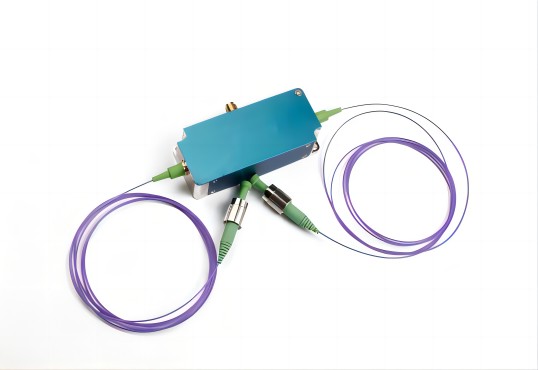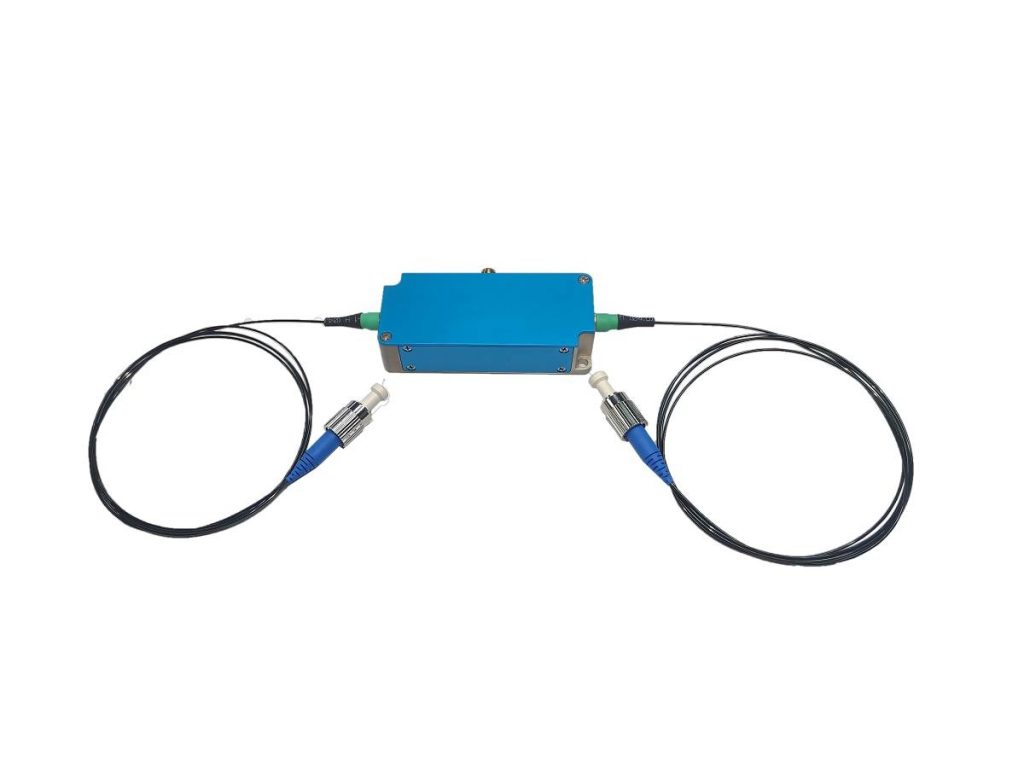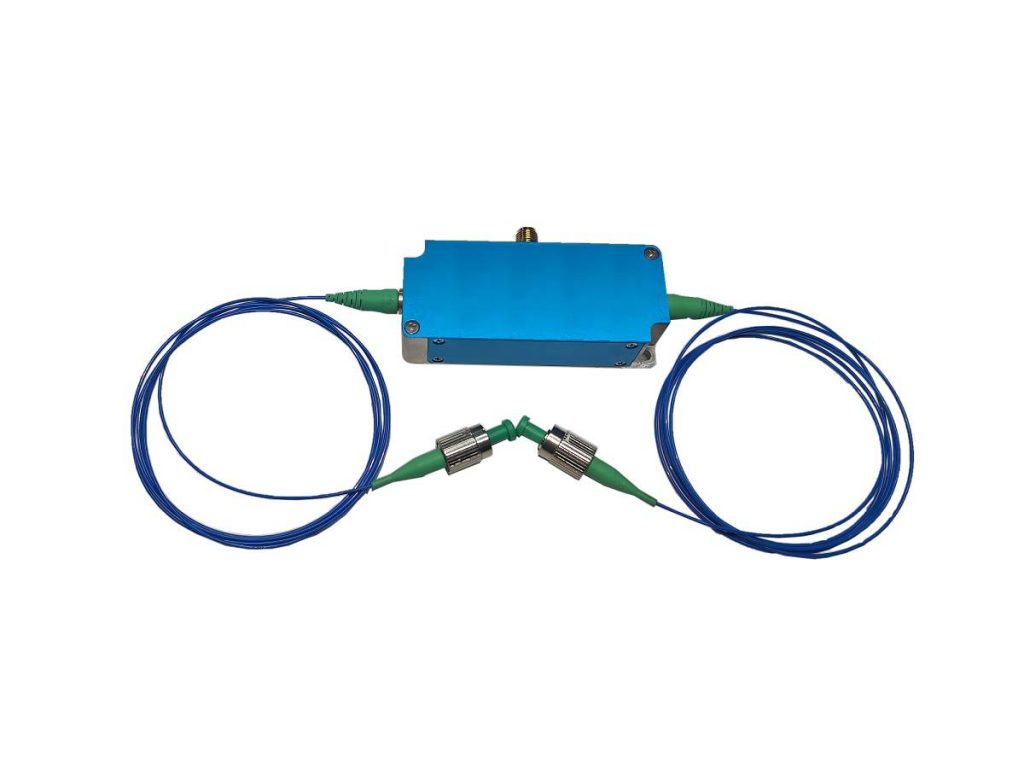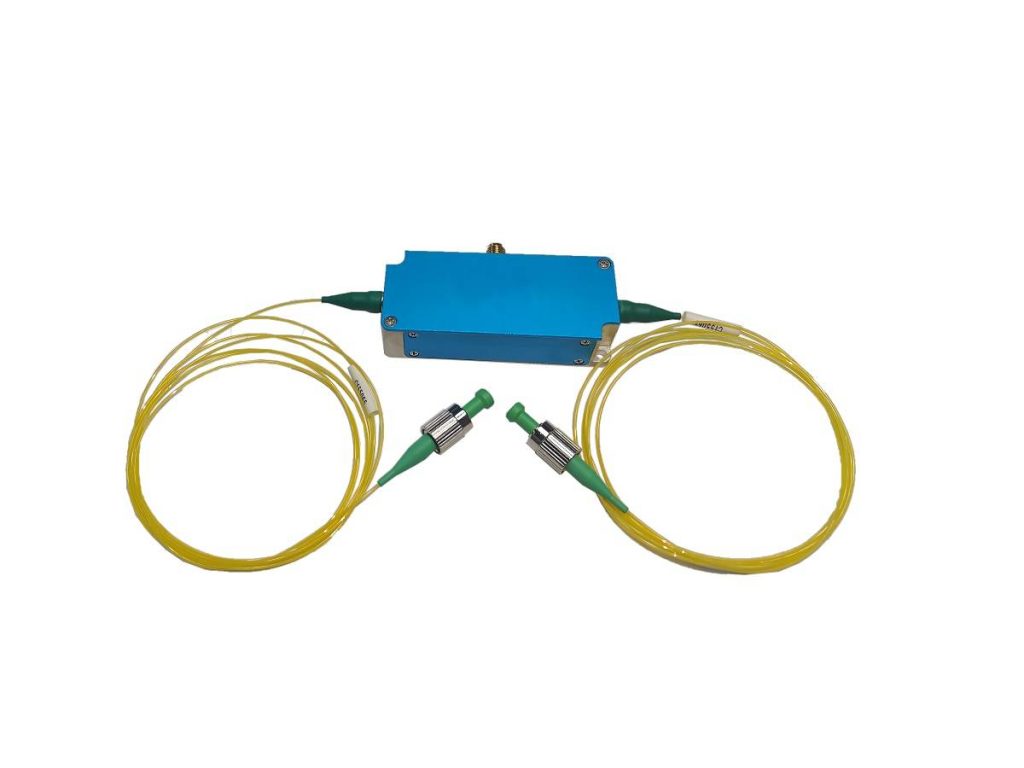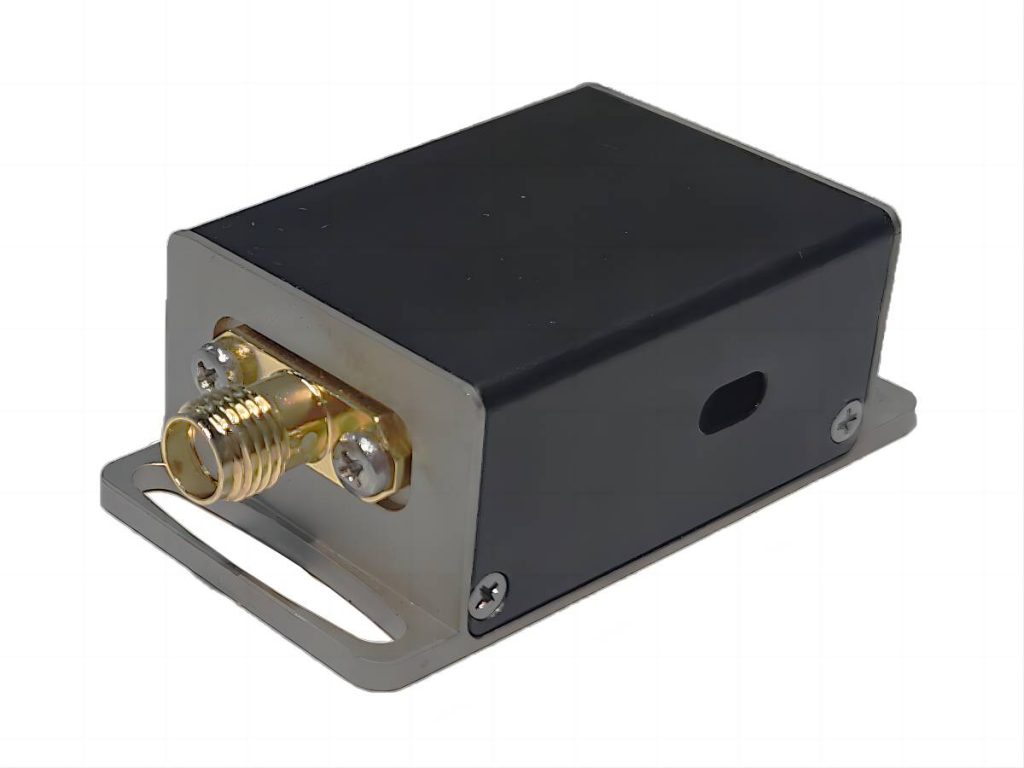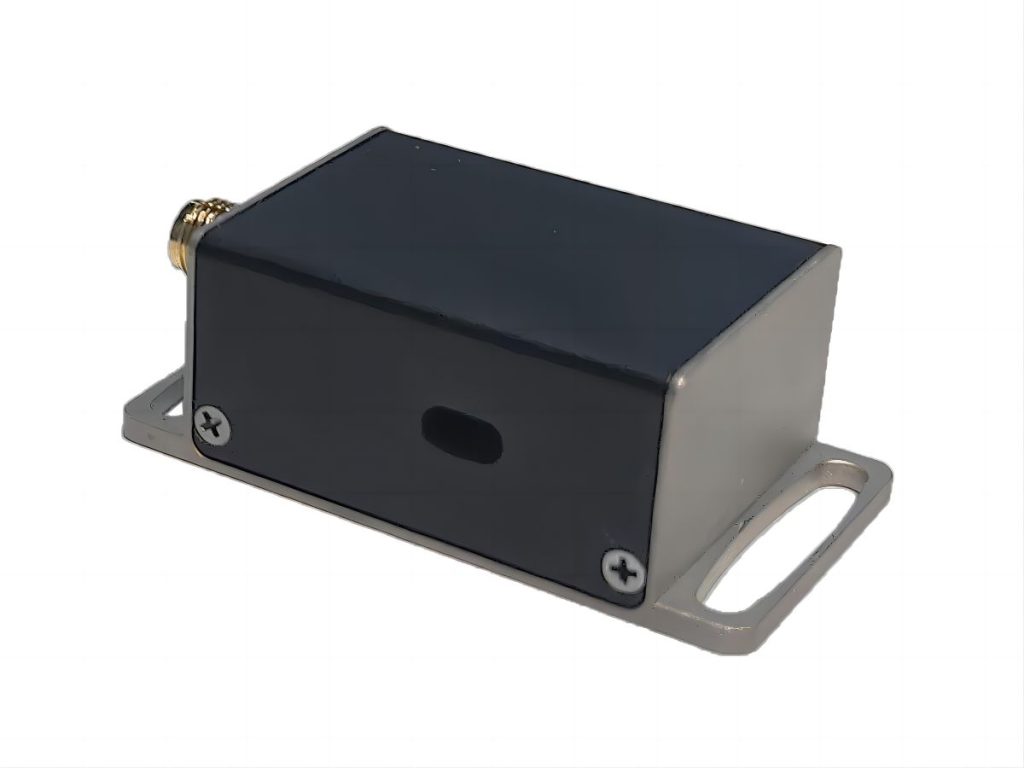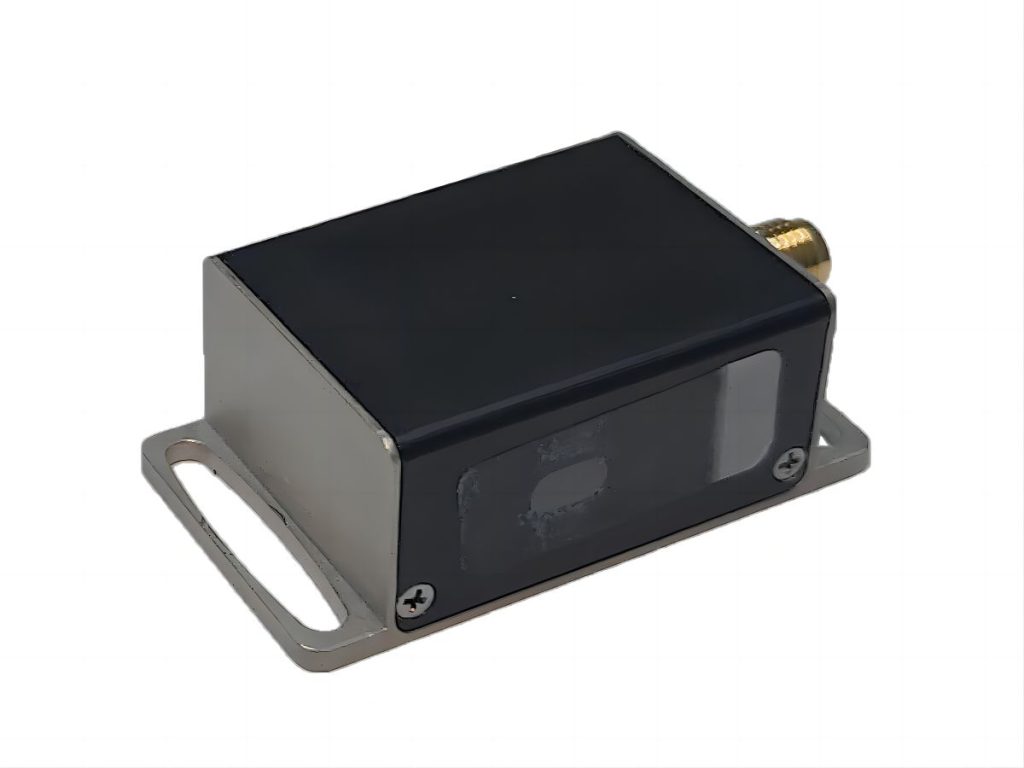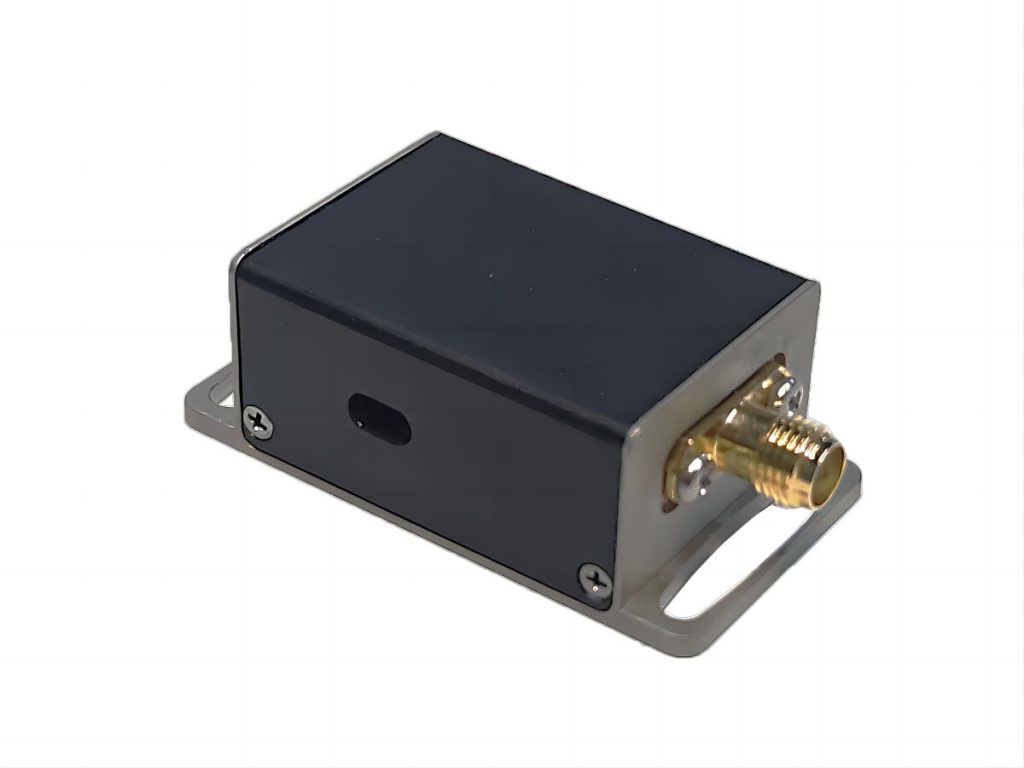Shining a Light with Sound: Acousto-Optic Modulators Explained
In the field of photonics, an intriguing technology known as acousto-optic modulators (AOMs) connects these seemingly disparate phenomena. AOMs are innovative devices that use sound waves to manipulate light beams with incredible precision. The ability to control light at high speeds makes them useful in a variety of scientific and technological endeavors. Following Smart’s lead, let’s explore the world of AOMs, including their underlying principles, operational mechanisms, and the two main types used: fiber acousto-optic modulators (FAOMs) and Space acousto-optic modulators (SAOMs).
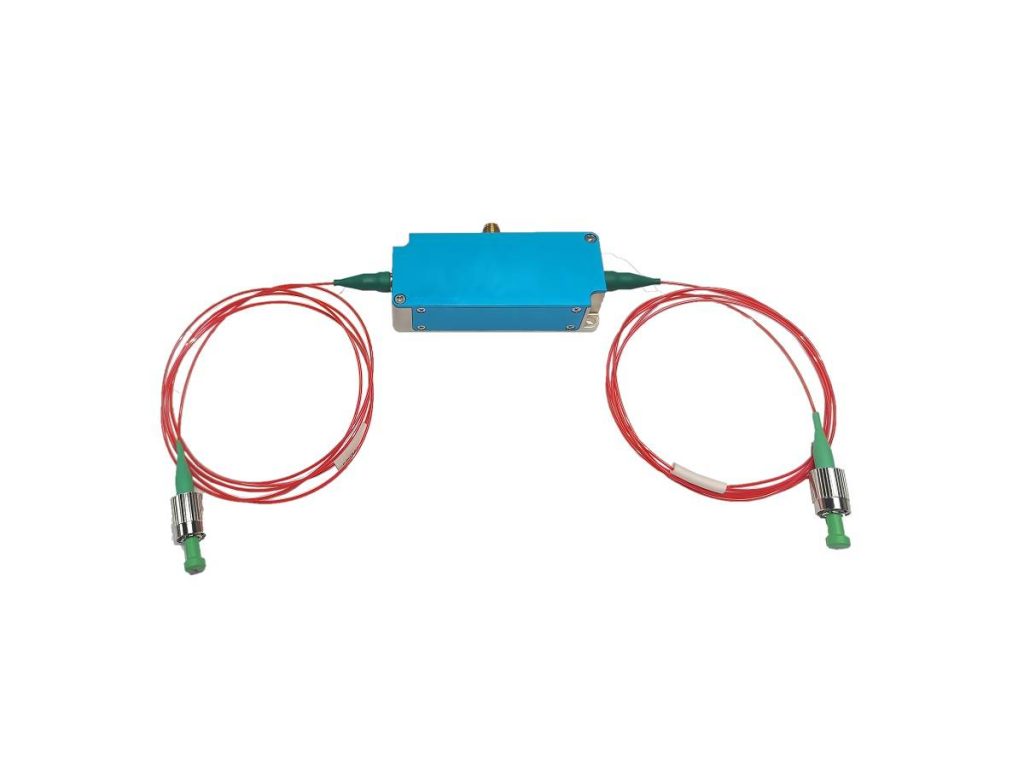
What Are Acousto-Optic Modulators (AOMs)?
Acousto-optic modulators (AOMs), also known as Bragg cells or acousto-optic deflectors (AODs), are fascinating devices that use sound waves to control light beams. They provide precise control over laser beam properties, making them useful tools in a variety of scientific and technological applications. Here’s a detailed explanation of how AOMs work.
The Core Principle: Acousto-Optic Effect
The acousto-optic effect is what gives acousto-optic modulators their magical quality. This effect describes the interaction of sound and light waves in a particular material. When a sound wave travels through this material, it causes periodic variations in its density. These variations, in turn, cause slight changes in the material’s refractive index, which is a measure of how much light is bent.
An AOM typically consists of three main components:
- Piezoelectric transducer: This component converts an electrical signal into a sound wave. It’s made of a special material that vibrates when an electrical voltage is applied.
- Acousto-optic material: This is the heart of the acousto-optic modulator, where the light and sound interact. Common materials include crystals like tellurium dioxide (TeO2) or lithium niobate (LiNbO3).
- Collimators (optional): These lenses are used to collimate (focus into a parallel beam) the light beam entering and exiting the AOM, optimizing interaction with the sound wave.
Light-Sound Interaction and Modulation:
The electrical signal driving the transducer determines the frequency of the sound wave produced. As the sound wave travels through the acousto-optic material, it produces a moving grating with varying refractive indexes. When a light beam passes through this moving grating, it interacts with regions of varying refractive indices. Depending on the design and operating conditions, this interaction can have a variety of consequences.
- Diffraction: The light beam can be diffracted into different directions, effectively splitting the beam.
- Frequency shift: By carefully controlling the interaction, the light beam’s frequency can even be slightly shifted.
This allows AOMs to function as:
- Intensity Modulators: By varying the sound wave’s intensity, we can control how much light is diffracted, effectively turning the beam on and off or adjusting its intensity.
- Pulse Shapers: By precisely controlling the sound wave’s profile, we can tailor the shape of the light pulses transmitted.
- Frequency Shifters: By adjusting the sound wave’s frequency, we can slightly shift the frequency of the light beam.
- Beam Deflectors: By controlling the direction of the diffracted light, we can steer the laser beam within a certain angular range.
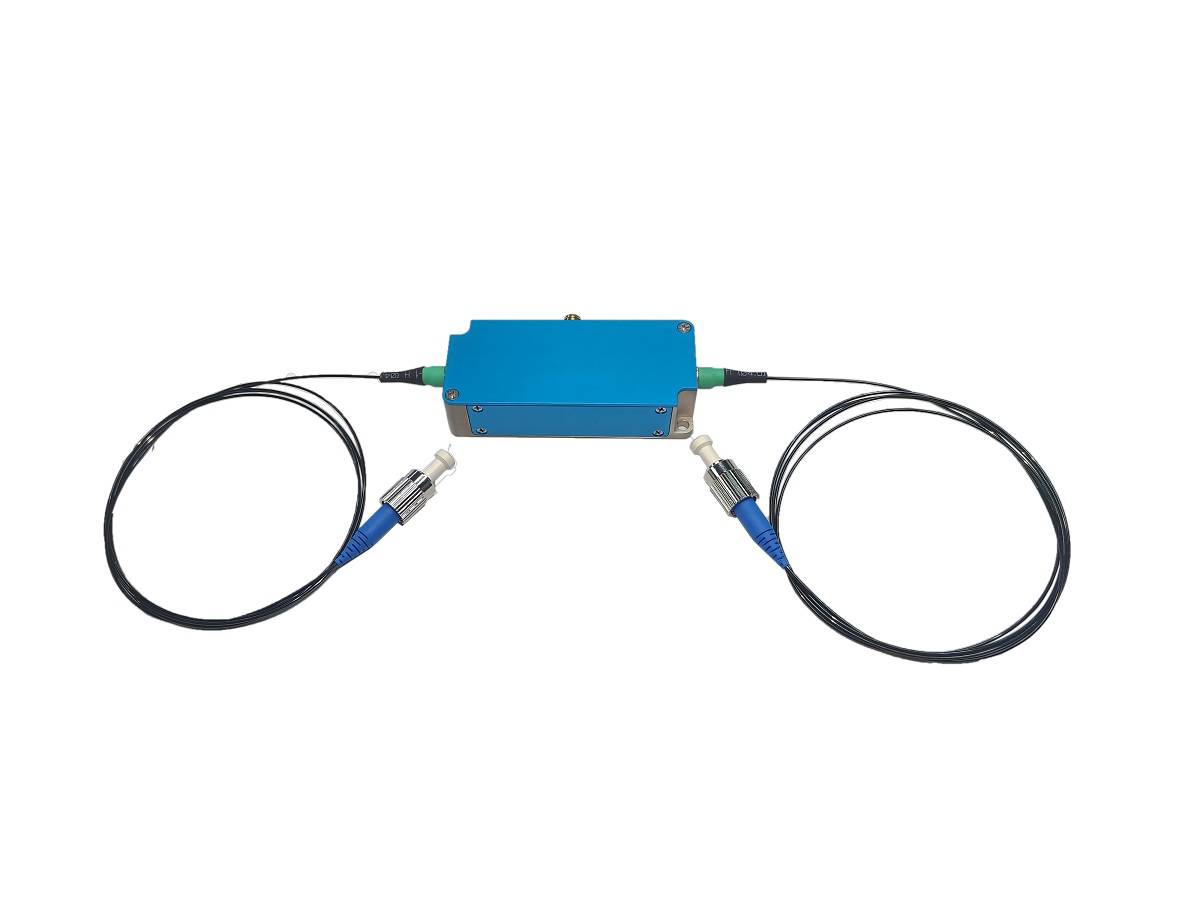
Two Main Types: Fiber Optic AOM (FAOM) and Space AOM
Acousto-optic modulators(AOMs) are fascinating devices that use sound waves to control light beams. They provide precise control over laser beam properties, making them useful tools in a variety of scientific and technological applications. acousto-optic modulators are classified into two types: fiber Optic AOMs (FAOMs) and space AOMs (SAOMs), each with its own set of characteristics and applications.
| Feature | Fiber Optic Acousto-optic Modulator (FAOM) | Space Acousto-optic Modulator (SAOM) |
| Light-Sound Interaction | Light interacts with the sound wave inside the fiber optic core. | Light interacts with the sound wave in free space. |
| Design | Fiber-coupled | Free space |
| Advantages | High speed, wide wavelength range, low power consumption, compact size | Higher diffraction efficiency, the potential for a wider dynamic range |
| Limitations | Limited diffraction efficiency, the potential for fiber damage | Larger and more complex setup |
| Typical Applications | Fiber optic communication systems, pulse shaping, signal modulation | Laser beam deflection, frequency shifting, optical filtering |
Key Differences between FAOMs and SAOMs
- Light-Sound Interaction: In fiber optic acousto-optic modulators, light travels through an optical fiber and interacts with a sound wave inside the fiber core. Space acousto-optic modulators, on the other hand, operate in free space, where light directly interacts with sound waves in the surrounding medium.
- Design: Fiber optic acousto-optic modulators have a compact and integrated design, with the optical fiber and sound transducer combined into a single unit. Space acousto-optic modulators, on the other hand, have a more complicated setup, which usually includes separate optical and acoustic components.
- Advantages: fiber optic acousto-optic modulators excel at high-speed modulation, a wide range of compatible wavelengths, low power consumption, and a small footprint. Space acousto-optic modulators, on the other hand, have higher diffraction efficiency, which allows for stronger light modulation and potentially a wider dynamic range.
- Limitations: Fiber optic acousto-optic modulators have limited diffraction efficiency, and high-intensity sound waves can cause fiber damage. Space acousto-optic modulators have a larger and more complex setup, which makes them less portable and potentially more expensive.
- Applications: Fiber optic acousto-optic modulators are widely used in fiber optic communication systems to shape pulses, modulate signals, and manipulate light. Space acousto-optic modulators are widely used in laser beam deflection, frequency shifting, and optical filtering applications.
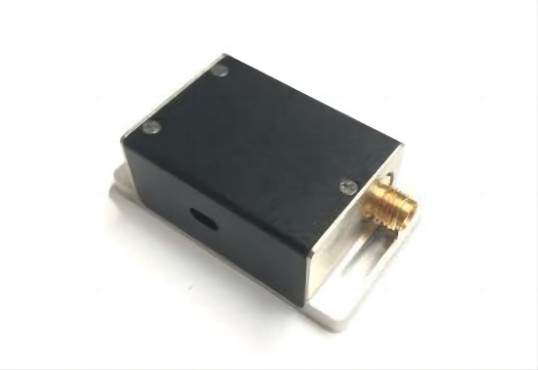
Choosing Between FAOMs and SAOMs
The specific application requirements determine whether to use fiber optic acousto-optic modulators or space acousto-optic modulators. Fiber optic acousto-optic modulators are ideal for fiber optic communication systems due to their compact size, fiber compatibility, and low power consumption. Space acousto-optic modulators, on the other hand, have higher diffraction efficiency and a wider dynamic range, making them ideal for applications such as laser beam deflection and frequency shifting.
Conclusion
Understanding AOMs opens the door to a world of light manipulation through sound. This knowledge can help you appreciate the technology that underpins everyday applications, make informed decisions for specific needs, and remain curious about future developments. SMART SCI&TECH has been involved in the design and manufacture of acousto-optic devices for many years, mastering the most advanced technology in this field. Our outstanding research and manufacturing teams are the foundation of product performance and the most reliable support for our customers. If you would like more information, please contact us.

